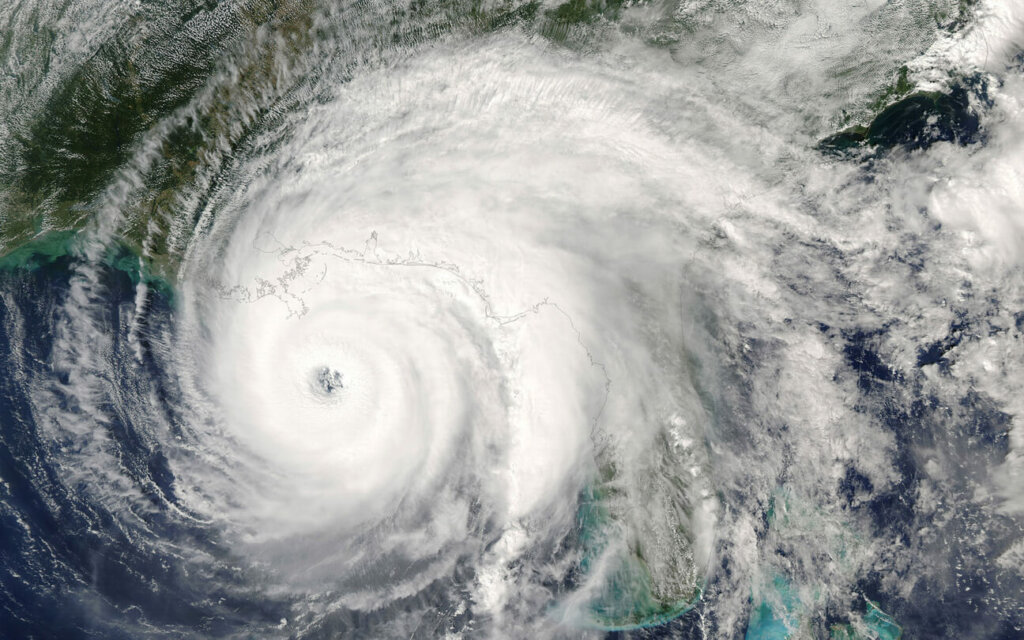
First, a little primer on the disaster recovery and business continuity industry over the past 42 years. Yes, since I first entered it as a fledgling data center manager in Chicago, moving a data center and needing a backup contract – anyone remember “Reciprocal Agreements?” More on that some other time! When we think of resiliency today, a lot of what we owe it to is four major factors our industry has focused on.
Originally, our industry was all about IT disaster recovery services – if the computers went down, we needed a backup data center to get them restored and back up and running – that was our industry for the most part from the late 1970s thru the early 1990’s.
Then in 1993 the World Trade Center was bombed the first time (well before 9/11), which caused dozens of firms to need a place for their staff to work. At Comdisco, we had busloads of customer staff show up at the recovery centers (built for computers) and overnight a new facet of our industry was born – work-area business continuity and information risk management – tables, chairs, personal computers, phone systems, fax machines, copiers, etc. – you name it, people needed it!
Third was in 2009, when the H1N1 pandemic came about and companies realized the need for workforce plans to provide for the loss of 35 percent or more of their staff.
But all three of these facets of recovery, continuity, and resilience had one major common attribute – they focused inside the four walls of the organization, not tasking into account that external forces could also cripple an organizations ability to operate. Certainly, we did focus on events that were outside our control, but the impacts we focused on were primarily internally focused.
And then came COVID-19!
I believe the COVID-19 pandemic will really bring supply chain resiliency (the fourth major factor) into sharp focus and attention for thousands of organizations. Our current situation proves that we all, as individuals and organizations, rely on the supply chain every day of our lives and organizations existence.
Let’s take our personal lives first – we go to the store and cannot find paper products, soup, rice and pasta products, thermometers, face masks, frozen vegetables, and on and on. The store relies on their distribution centers, who rely on their suppliers, who rely on the manufacturers, who rely on the ingredient or component providers. Any breakdown along the way causes the entire supply chain to falter.
So, what do we do – we order from multiple stores, panic buy, horde and cause further pressure on an already faltering system.
In our organizations, we see and feel the same issues we are all seeing personally. Hospitals cannot get masks, ventilators, PPE they desperately need, and companies cannot find staff, cannot get raw materials or finished goods from global suppliers. Even governments are having problems as their “financial supply chain” – made up of sales tax revenue has evaporated and businesses are closed or operating on a shoestring. Enter an enhanced time of focus on supply chain resiliency planning, which will be a major point of effort for organizations worldwide in the aftermath of COVID-19.
A recent FEMA Advisory, dated April 8, 2020, talks about a four prong approach the supply chain task force is taking, focused on the health care PPE supply chain:
- The preservation: Line of effort focuses on how to preserve or best use the supply chain components you currently have. Are we directing our resources to meet the best needs of the organization and eliminating waste wherever possible?
- The acceleration: Line of effort focuses on ways to increase availability and timing of our current suppliers so that manufacturing or distribution isn’t hampered by availability.
- The expansion: Line of effort focuses on trying to find additional sources of supply, possibly through alternate suppliers or where possible, using substitutions or alternate components.
- The allocation: Line of effort focuses on making sure we direct or allocate our resources where they can best be used – maybe to fewer plants or distribution centers to maximize efficiency.
But as I read it, I thought it might provide some parallels to other industries. The following are my thoughts on how industries might think about these efforts. Reflect on these four lines of effort and see if they can be applied to your organization to help address supply chain concerns.
Starting now, we need to expand our perspective on resiliency to move outside the four walls of our organizations and consider the impact that all of those we interact with and rely upon have on our ability to operate in normal and crisis times. Is supply chain resilience an area you currently focus on, and if so, how did your plans assist you in addressing the current situation? Be sure to conduct an after-action study and update your plans with the experience you had as well as what you learn from peers and at conferences.
If you do not currently focus on supply chain contingency planning, now is the time to capture your experience – good and bad – so you have a starting point for what to focus on in building your capability. COVID-19 is a huge issue for all of us to contend with and get through, but it also will provide valuable learning for all of us to be better prepared for the future.





